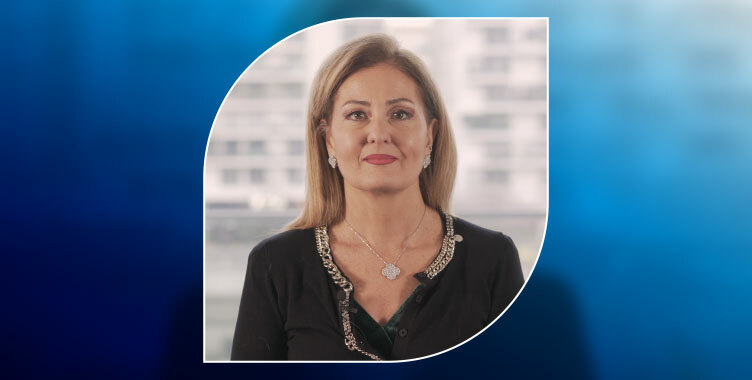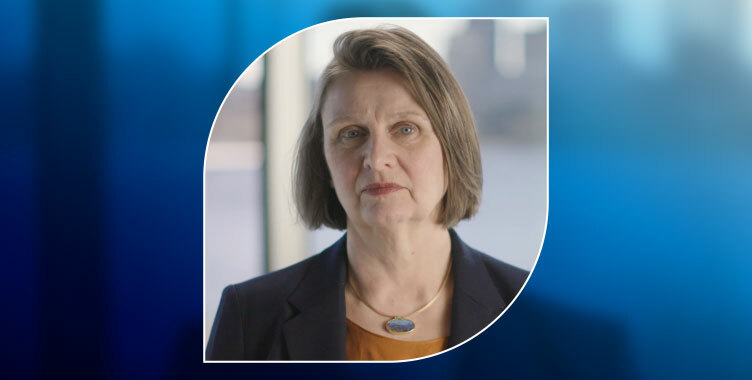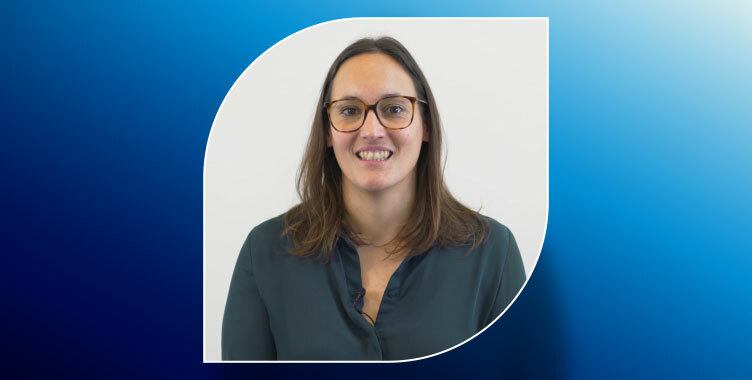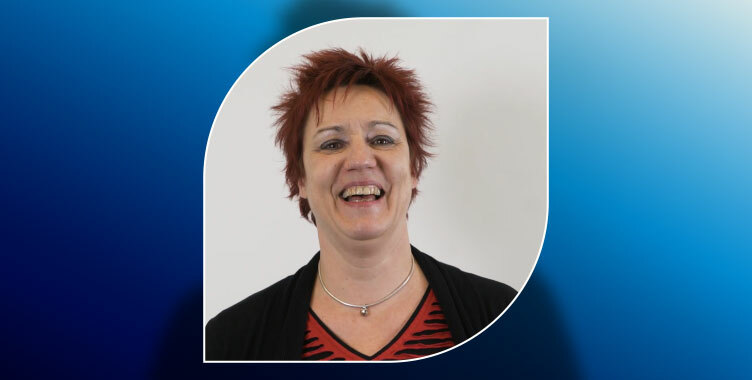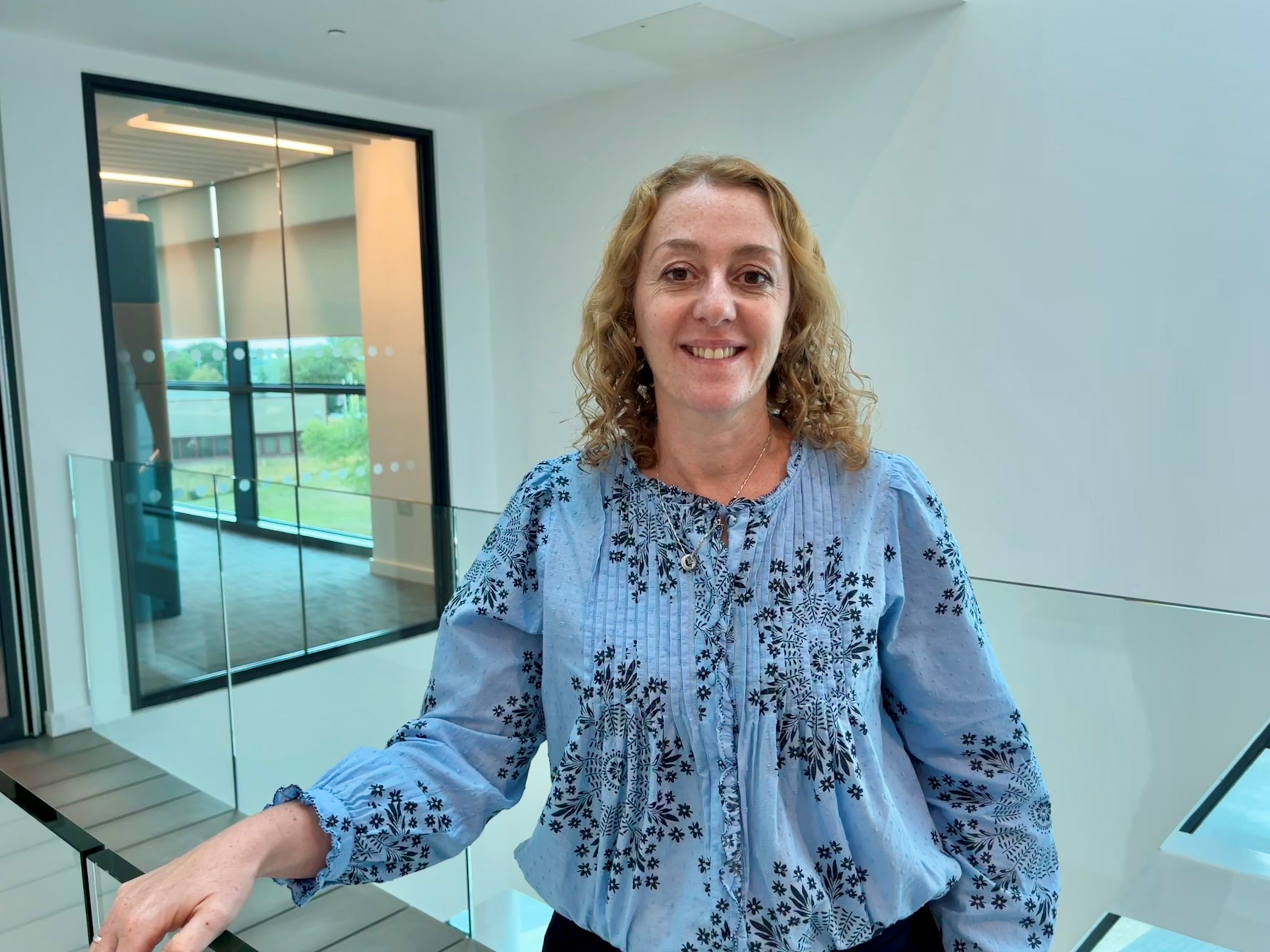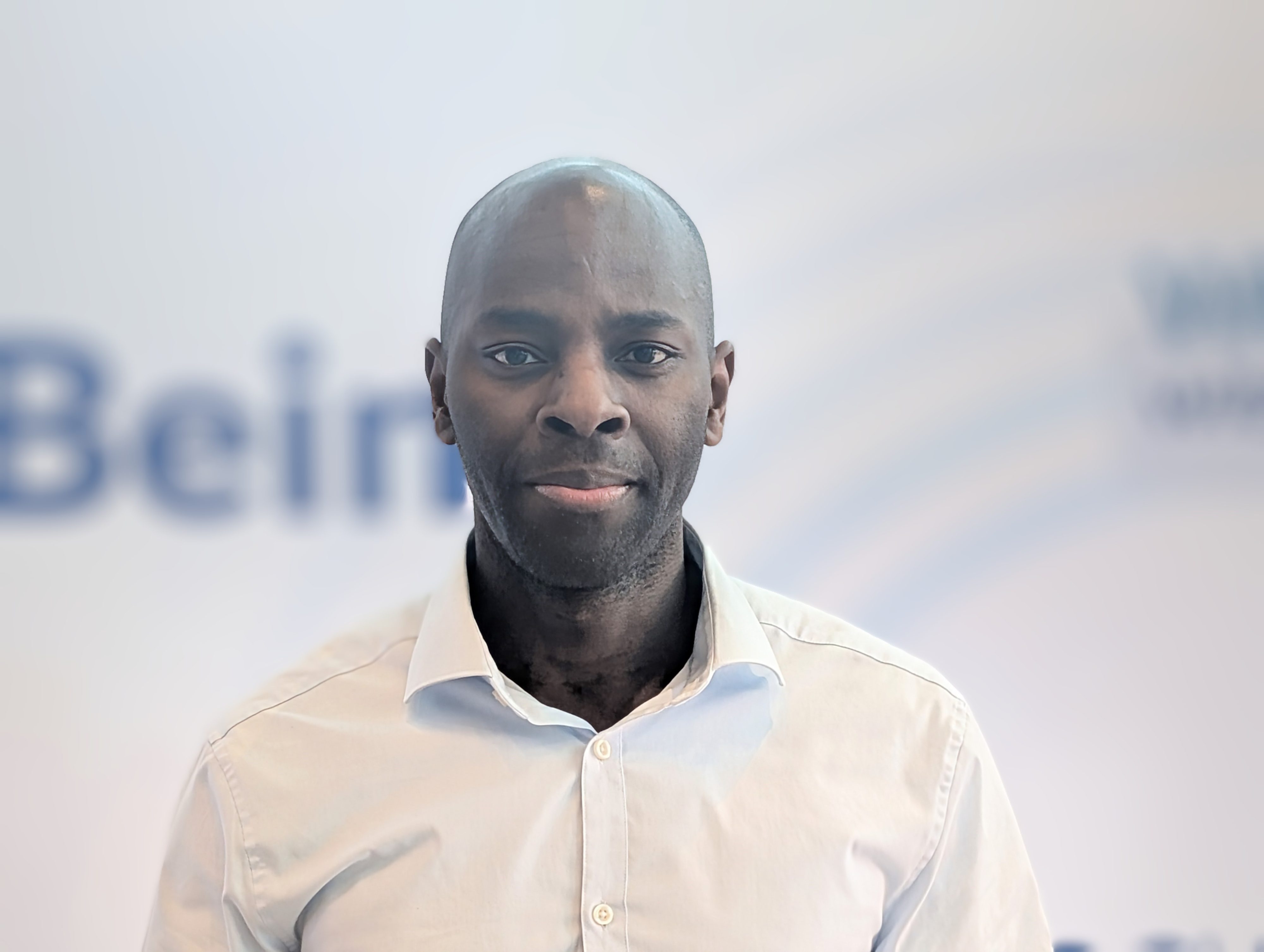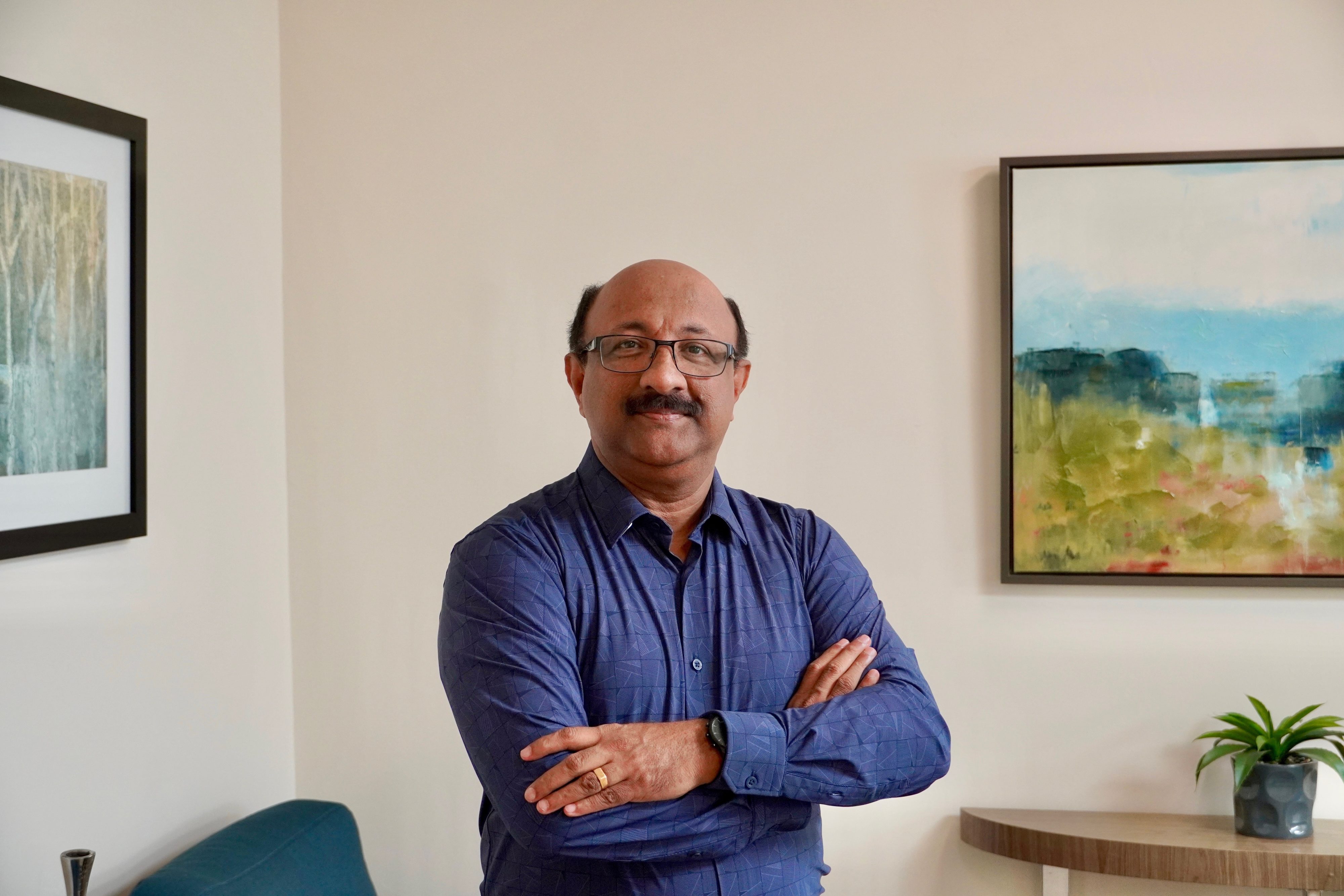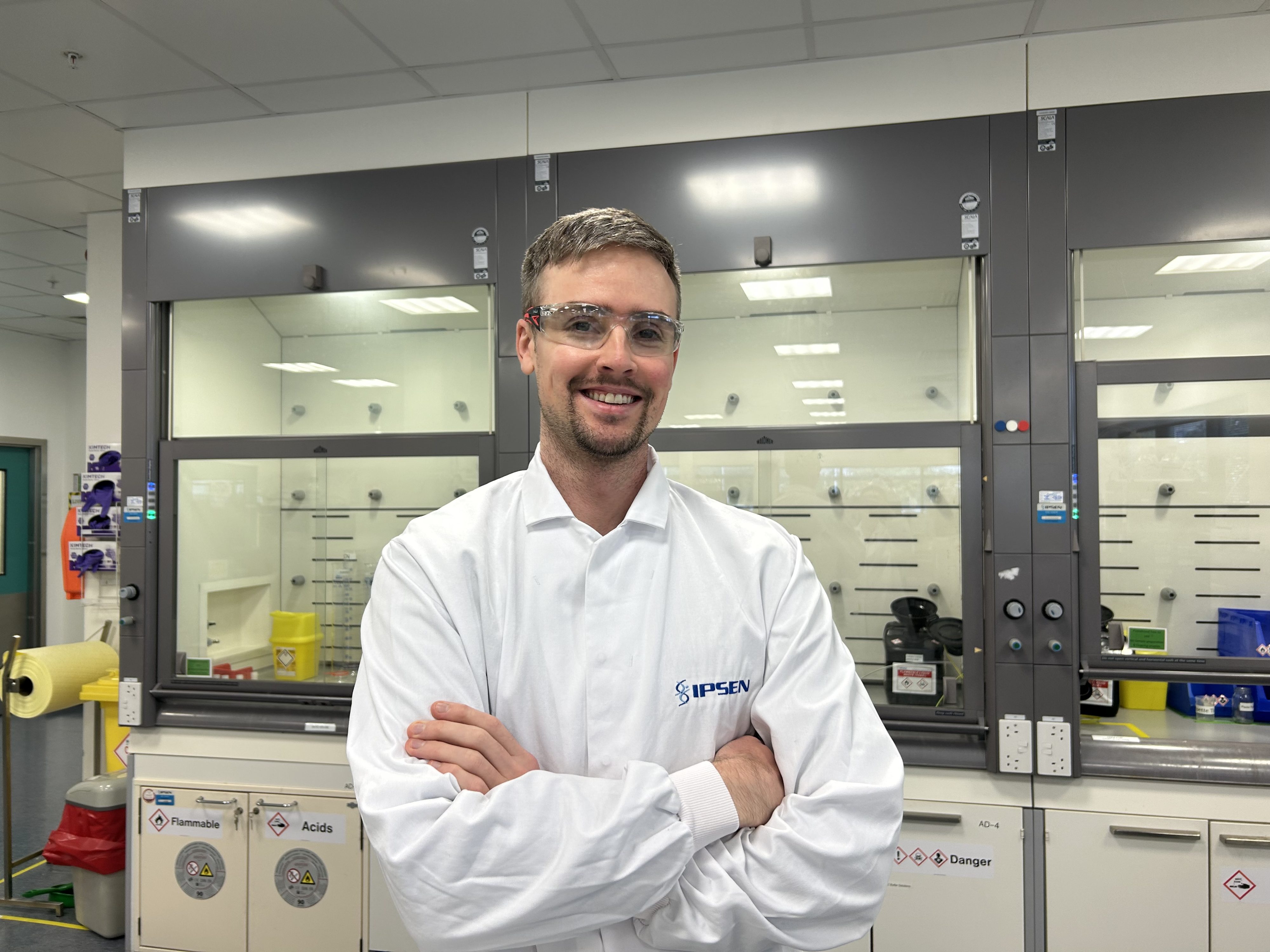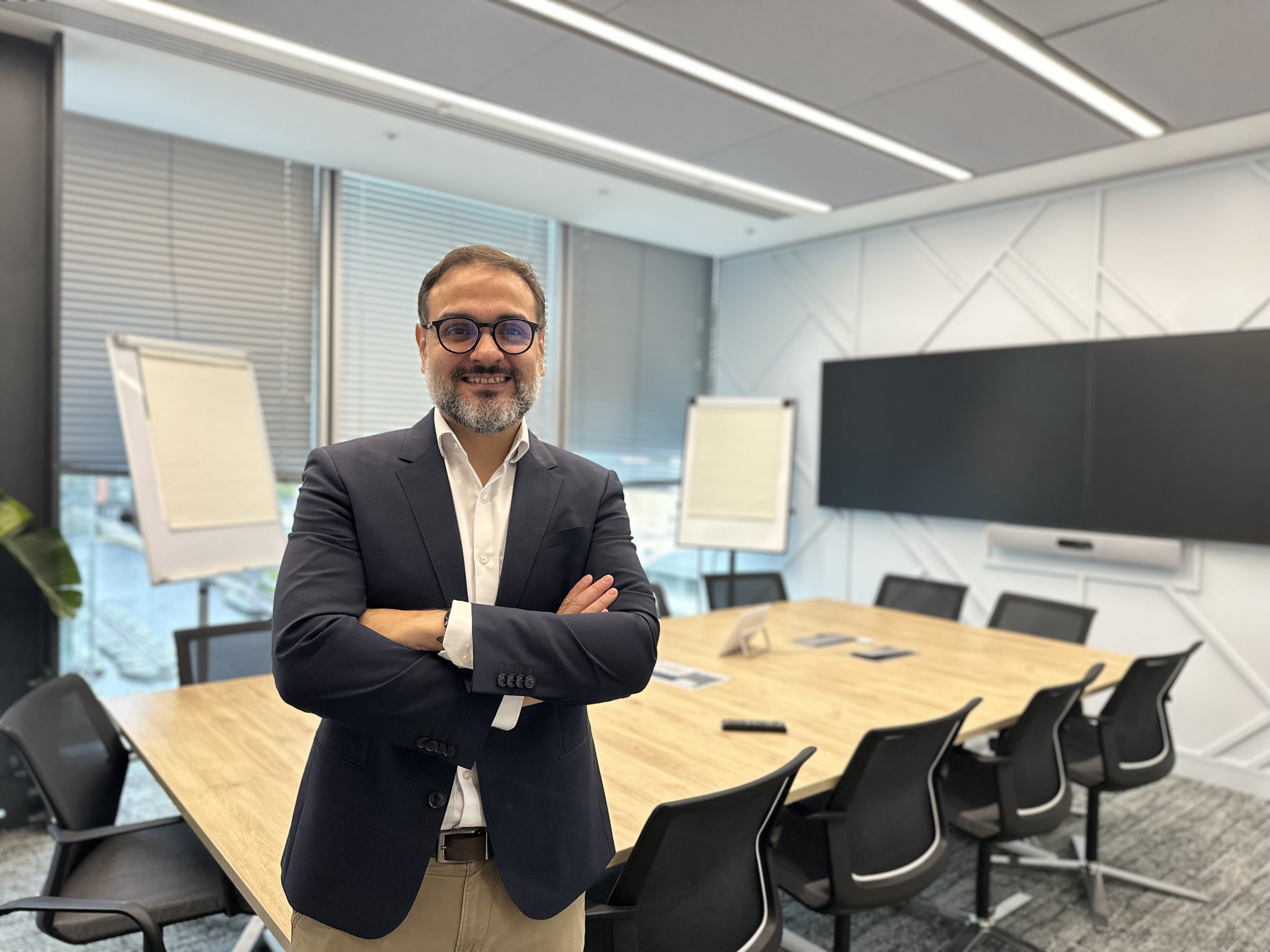Targeting what cannot be seen: Lindsey Rodrigues on the complexity of epigenetics
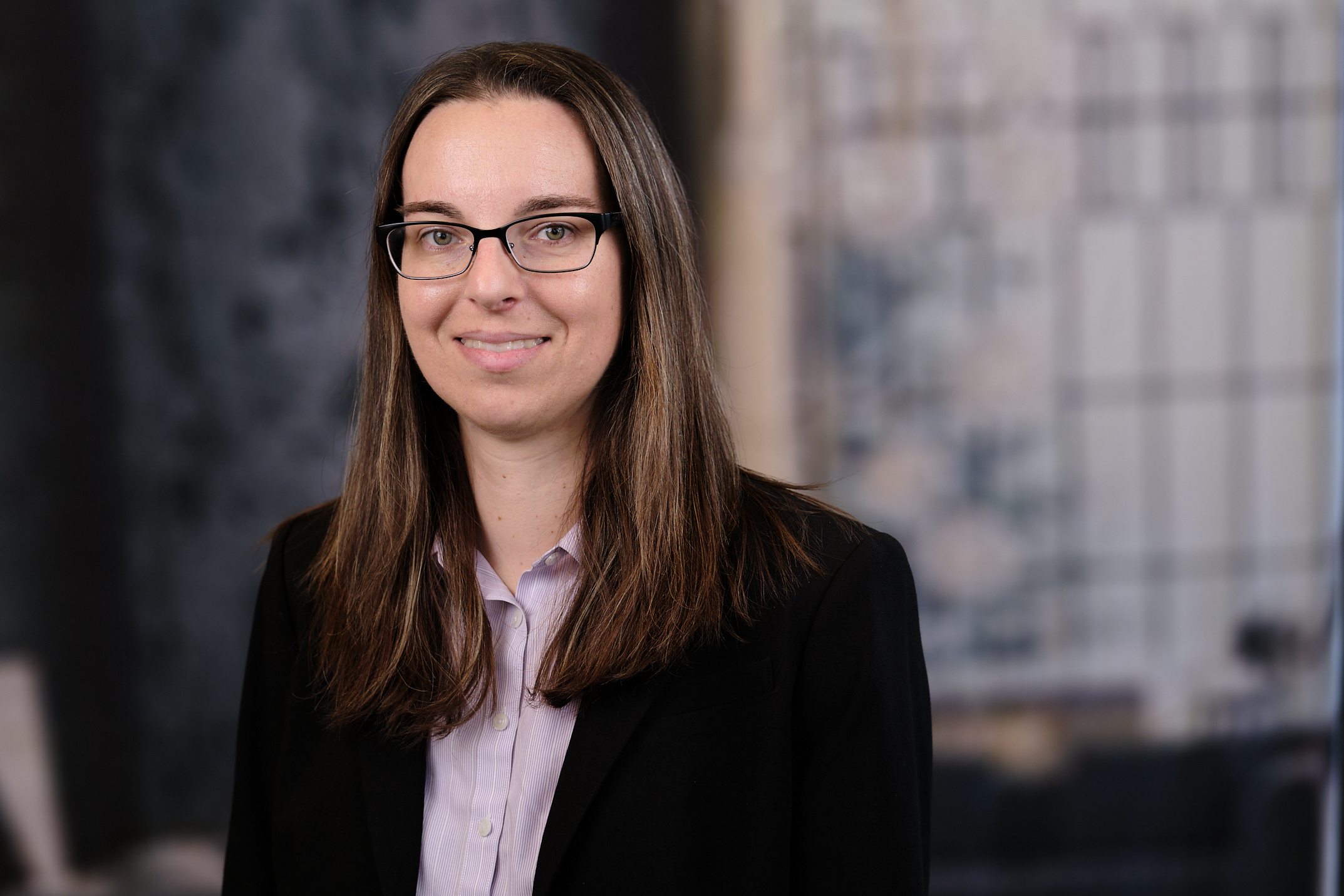
Targeting what cannot be seen: Lindsey Rodrigues on the complexity of epigenetics or mutated in a particular cancer. We have to ask, ‘do we have an understanding of how this gene works? Can we design a medicine to treat it or to target it?”’
Lindsey Rodrigues works in the early research space—well before molecules reach the clinic. Her focus is epigenetics, an area where cancer cells are reprogrammed at the level of gene expression, not genetic mutation. “You have these proteins that are responsible for reading, writing, and erasing epigenetic marks,” she says. “And that controls whether a gene is turned on or off. You can’t see it with traditional tools. That’s what makes it so interesting.”
At Ipsen, she leads the biology strategy for early-stage research programs and supports external innovation teams as they evaluate potential assets to add to Ipsen’s pipeline. “You might have two molecules with similar data,” she says, “but very different mechanisms. We’re asking: is this selective? Does it hit the right target? Do we understand the patient population?”
Her background in academic oncology helps guide that analysis. She trained in microfluidics, RNA biology, and CRISPR screening—which is used to run large-scale experiments that show how genes affect a certain trait, disease, or cell behavior. “I try to find something real in the data,” she says. “Especially something robust.”
Lindsey sees epigenetics as a space where good ideas often fail to translate. “It’s a moving goal,” she says. “They are context-dependent. They may work in a cell line, but not in a patient, and the patient population may be narrower than the sponsor originally believed.”
For her, this makes the science more urgent, not less. “There are so many failures,” she says. “But if something works, it’s powerful.”
Her team works cross-functionally from the beginning, engaging with chemistry, clinical, and pharmaceutical development functions to assess what a compound would need to succeed. “We’re not working in isolation,” she says. “We need input across the board.” That collaborative pressure keeps her focused. “We ask: is this a project that we would all be proud to work on? Is this a treatment we would want our families to receive?” Those questions drive her and her team to the finish line of discovery, playing a part in the larger role of medicinal development.




